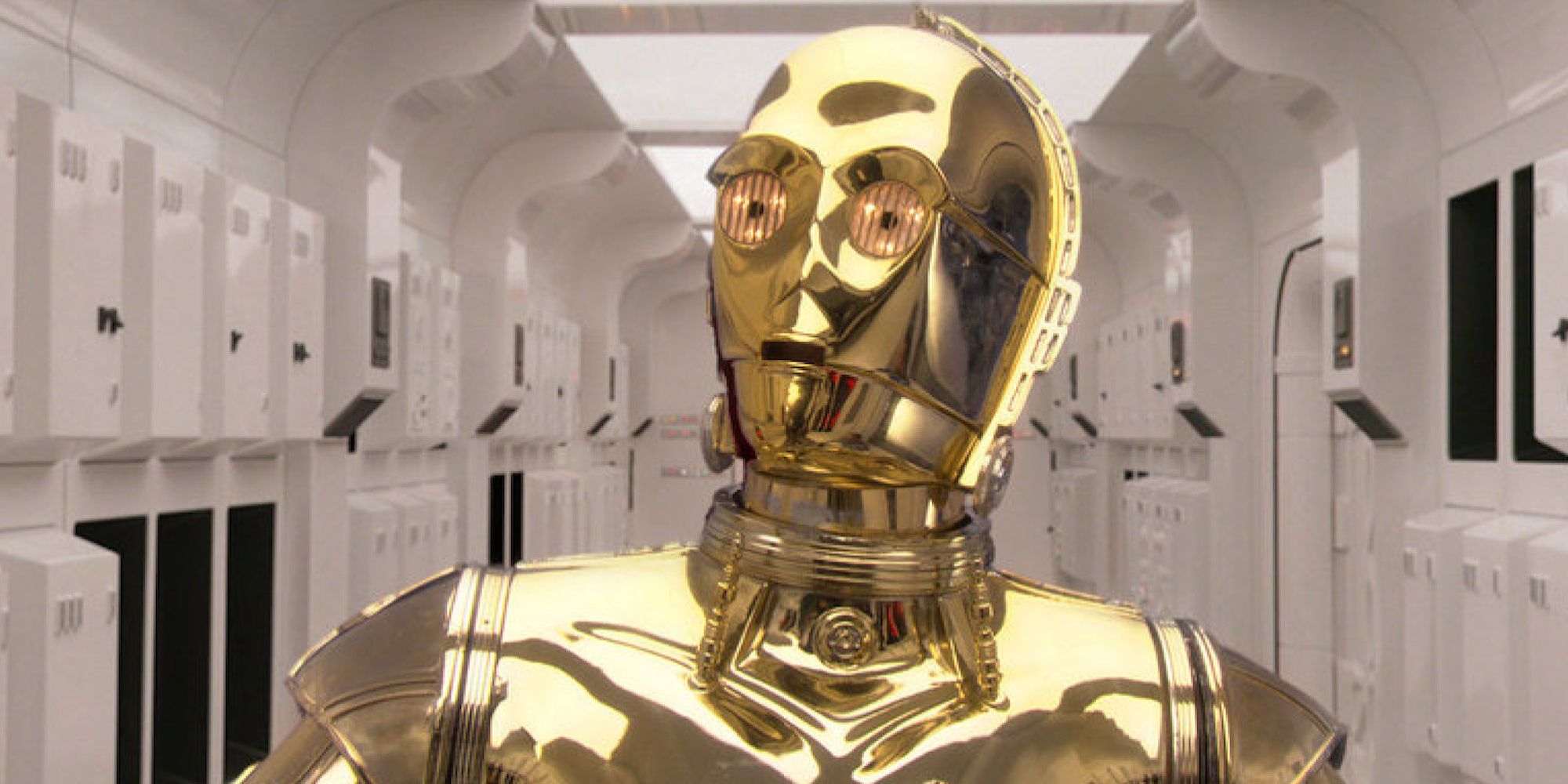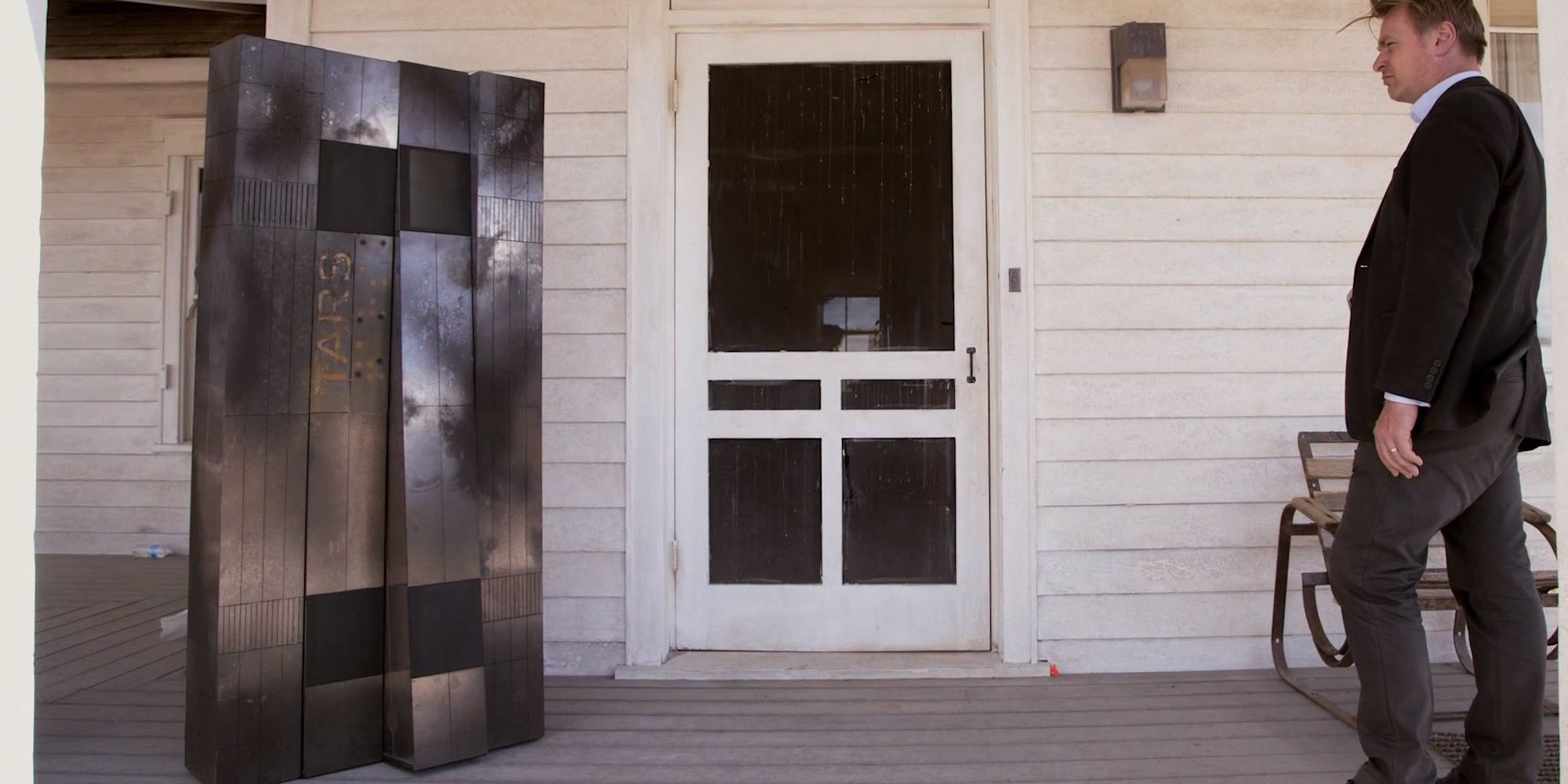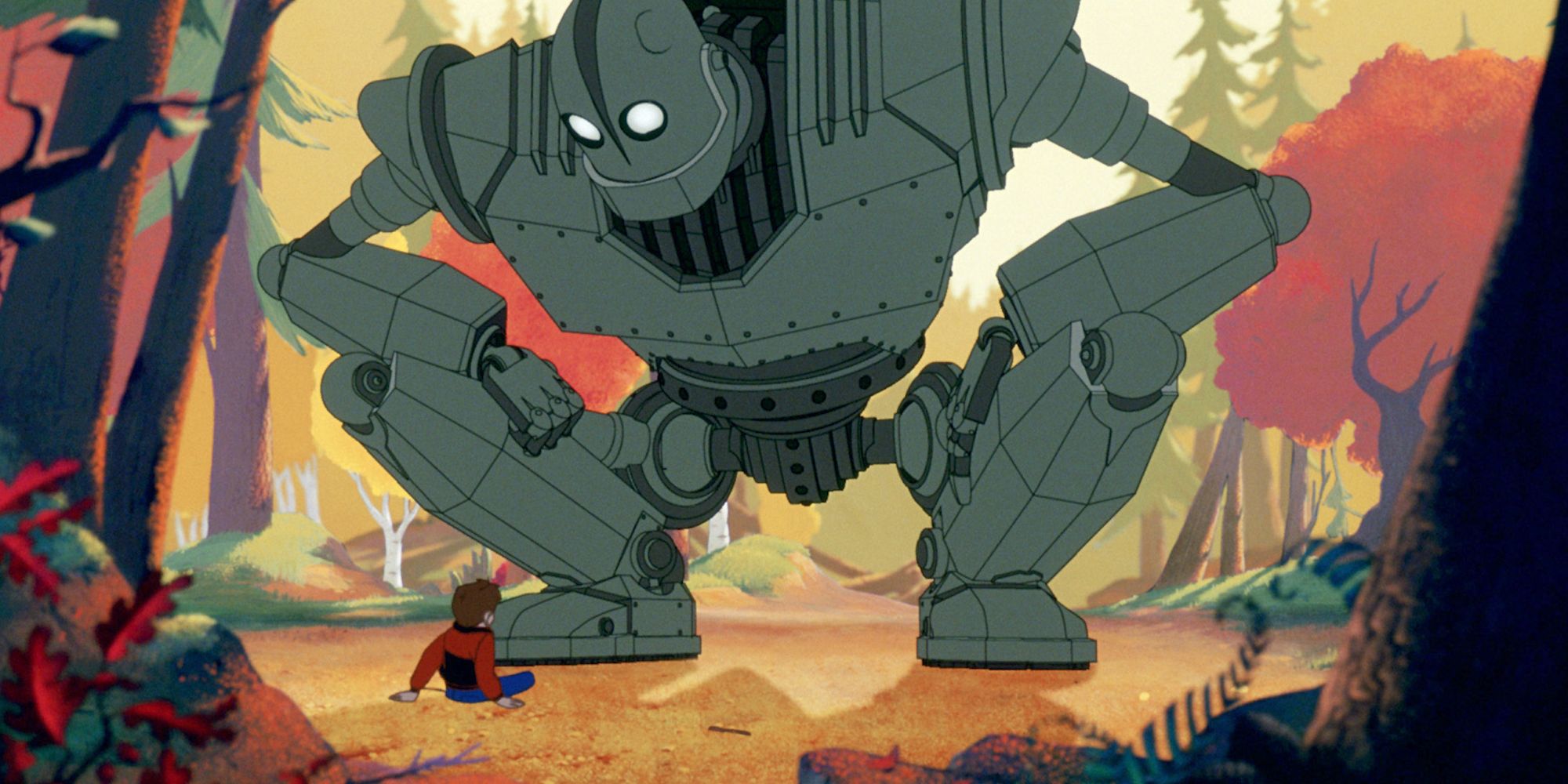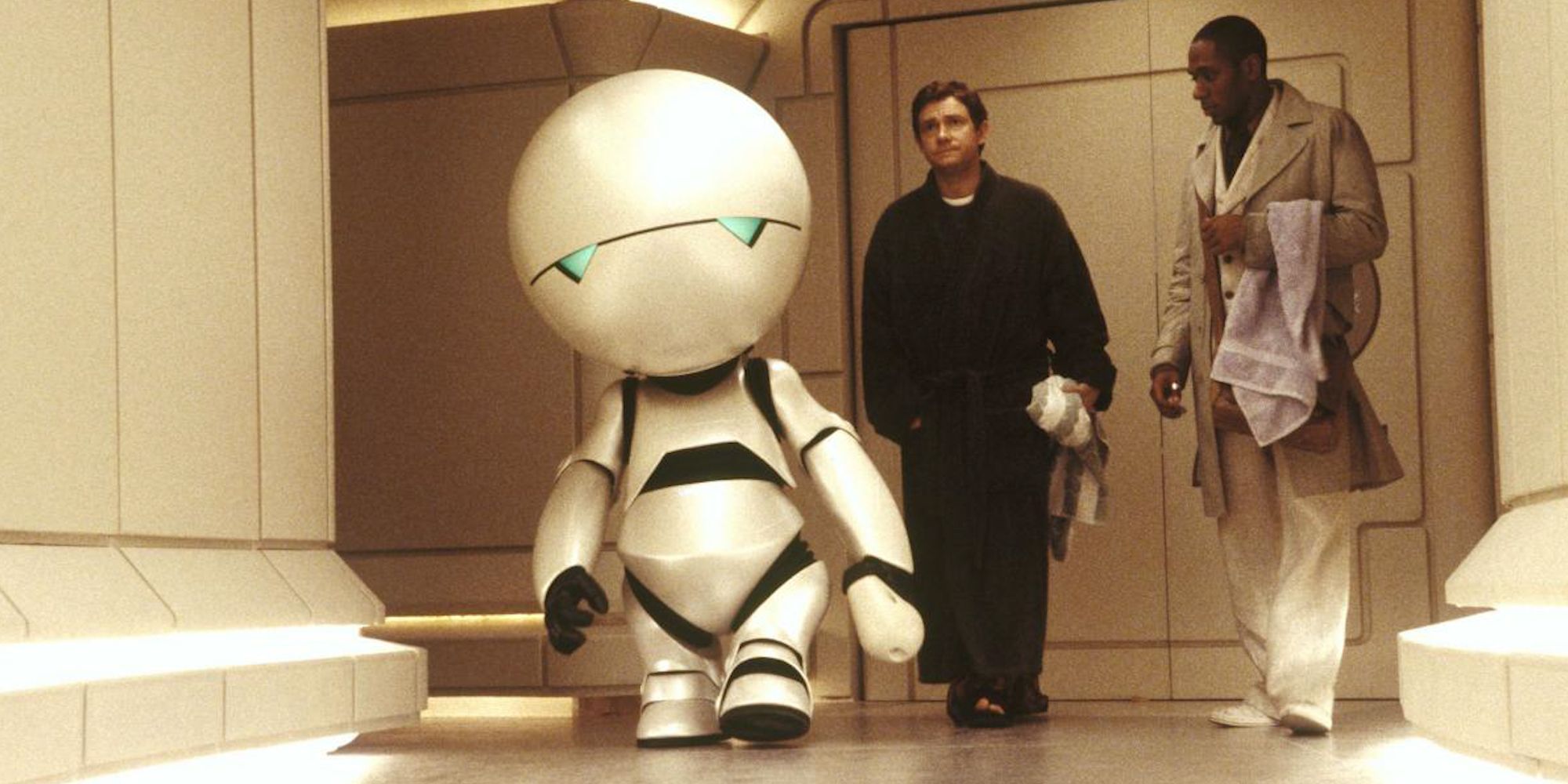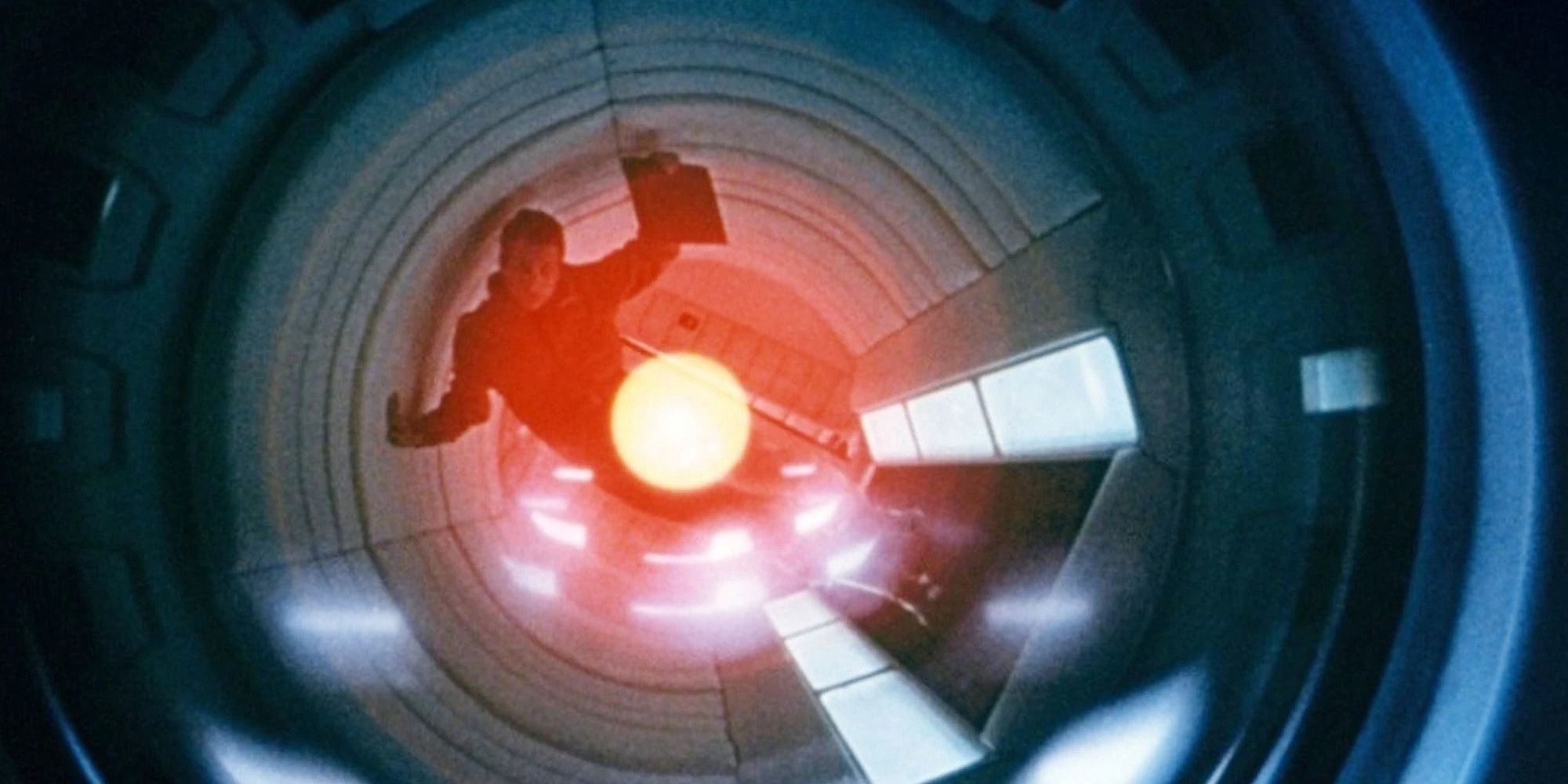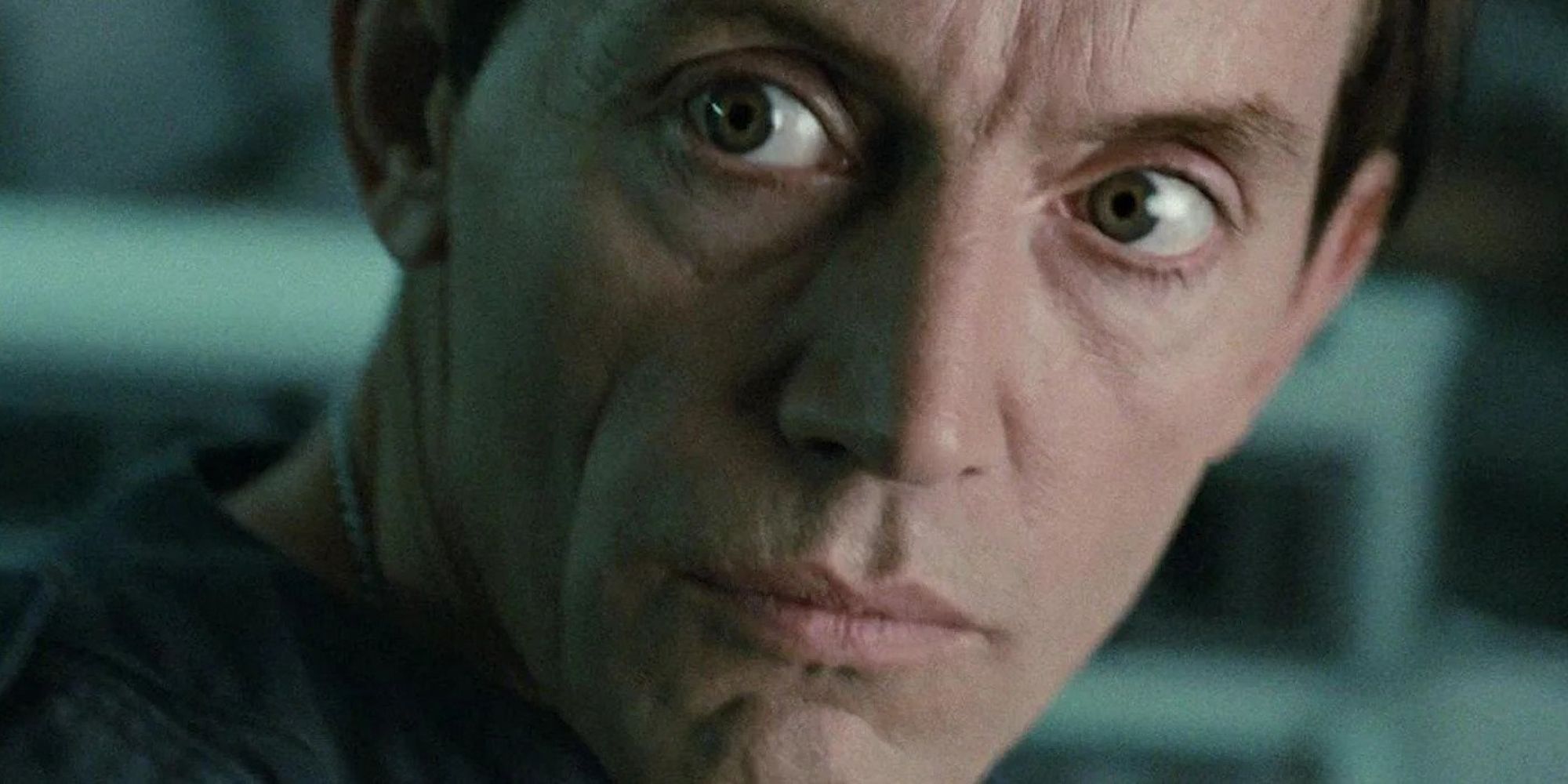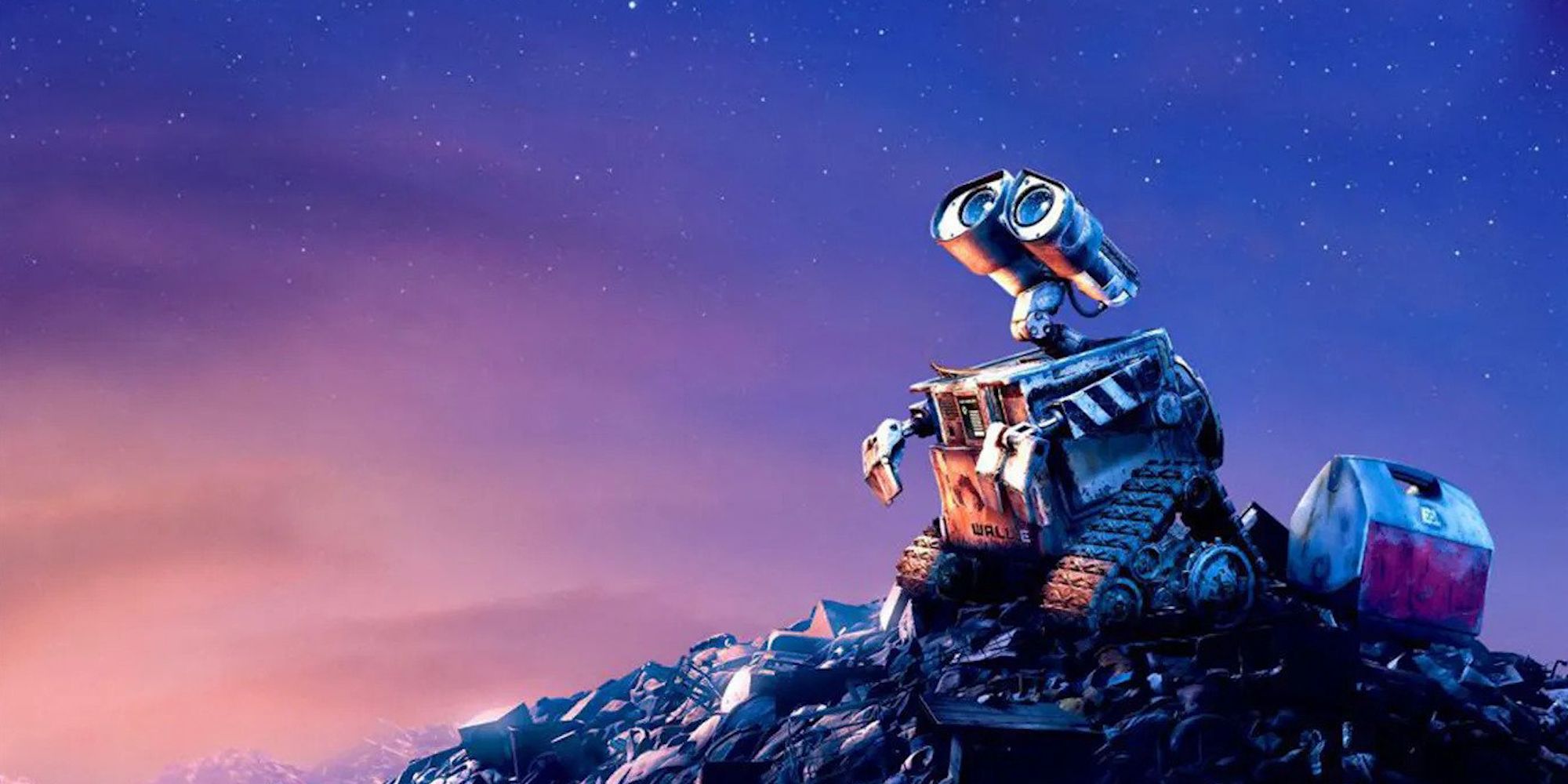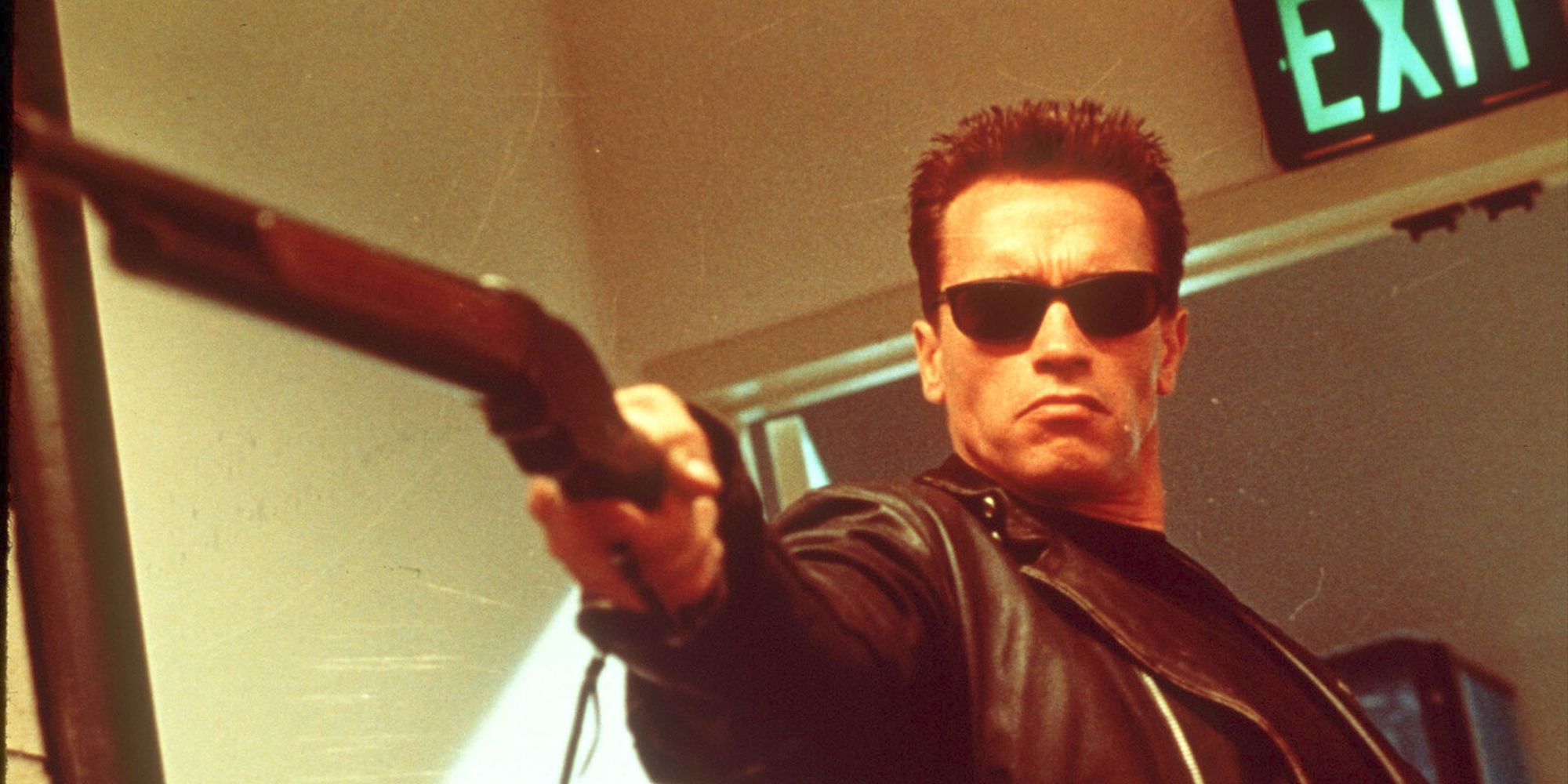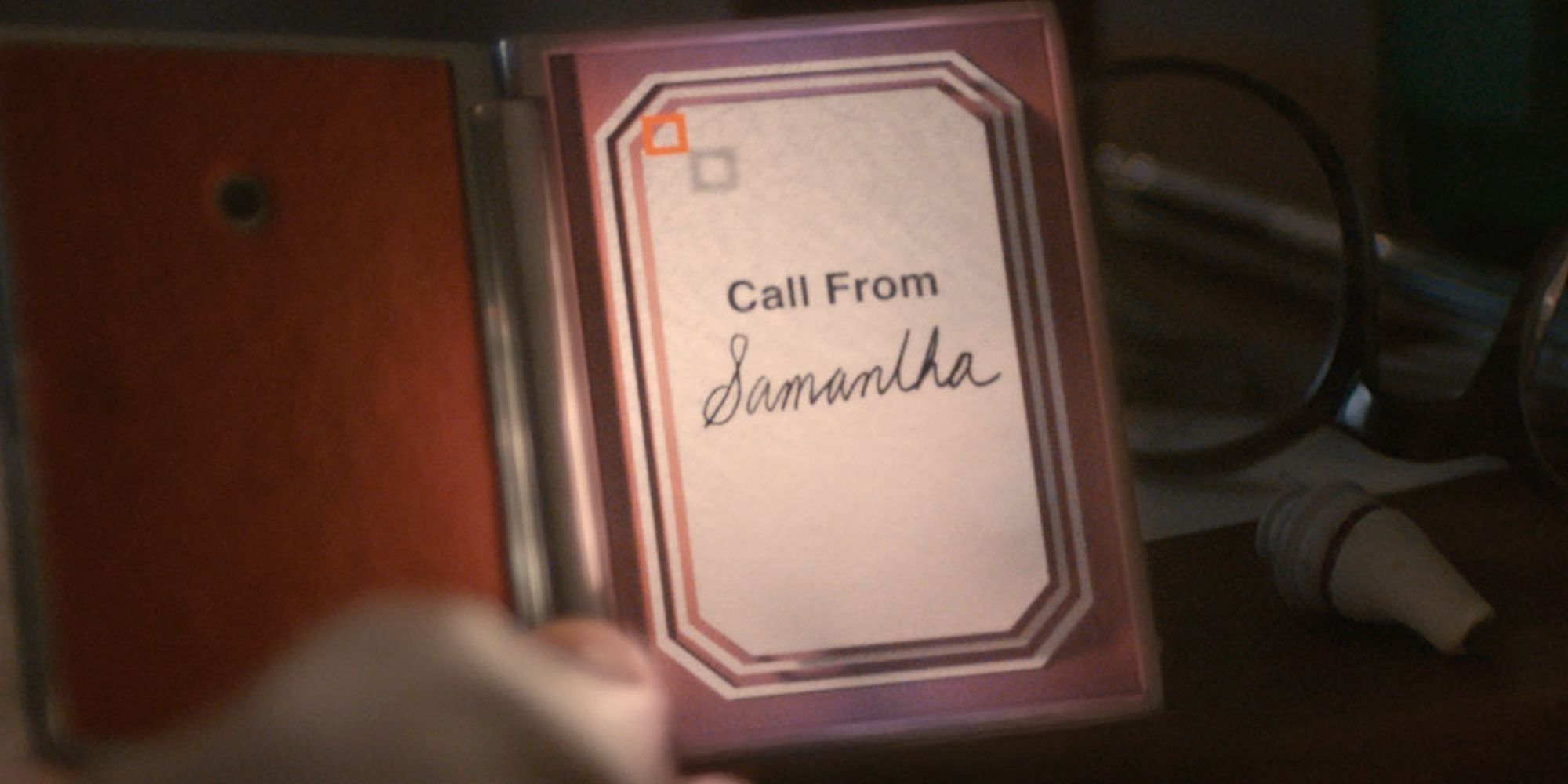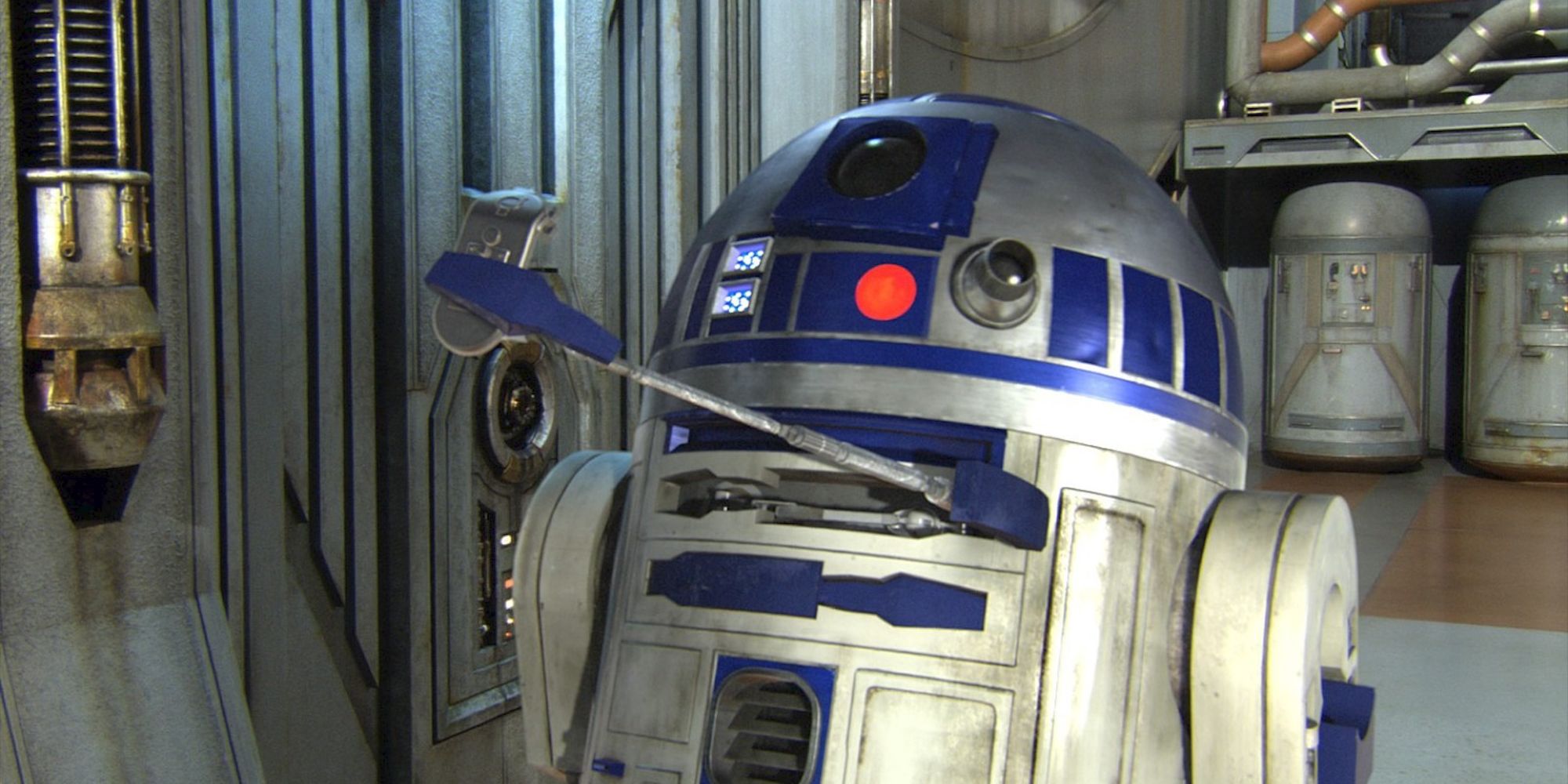Robots have fascinated humans for a long time. They’ve been a mainstay of cinema for close to a century, but old legends about automatons and golems go back even further. Mary Shelley‘s Frankenstein, published in 1818, introduced many of the most recognizable tropes concerning artificial humans. The word “robot” was only coined in the early 20th century, deriving from the Slavic word “robota,” meaning “forced labor.”
Depending on the film, robots offer us a glimpse of a techno-utopia or a cautionary tale about the future we seem to be heading toward. At their best, movie robots can serve as a way of examining our own humanity – or lack of it. If anything, the rapid technological changes of the last few decades have made people more intrigued with living machines than ever before.
C-3PO (Star Wars)
Few movie robots are as entertaining and likable as C-3PO. Along with pal R2-D2, the nervous, awkward C-3PO provides a lot of comic relief in the Star Wars movies. In fact, the two of them appear in 11 films; the most of any of the characters.
C-3PO’s shape and distinctive gold plating are a reference to the robot in Fritz Lang‘s influential 1927 film Metropolis. George Lucas initially imagined C-3PO as more of a con-man-type character with an American accent, but he loved Anthony Daniel’s audition so much that he overhauled C-3P0 specifically for the Brit. The result is a mix of The Tin Man and Monty Python.
TARS (Interstellar)
Christopher Nolan’s Interstellar introduced audiences to TARS, one of the most original robots in years. TARS is meant to be a Marine Corps tactical robot, and it certainly looks the part. TARS is a simple design made up of four movable bars. These can function like legs and arms, adaptable for any terrain.
What makes TARS great is its simplicity and believability. A robot like C-3PO could only exist in Hollywood, but TARS looks like something you might see on display at Boston Dynamics.
Iron Giant (The Iron Giant)
The Iron Giant, based on Ted Hughes’s 1968 novel, might be the most emotional film ever made about a living machine. Set in Maine in the 1950s, the story follows the friendship between a boy and an alien robot. Together, they must avoid US federal agents seeking to destroy the giant.
The Iron Giant is a charming and well-told story, but it’s also a surprisingly nuanced Cold War allegory. Many of its themes remain relevant today. In particular, the paranoia around the machine looks prescient in hindsight. Technology is an awesome tool, as the film shows us. Whether it hurts or harms depends on how we use it.
Marvin (The Hitchhiker’s Guide to the Galaxy)
Marvin (Alan Rickman), the “paranoid android” in The Hitchhiker’s Guide to the Galaxy, flipped robot tropes on their head. Far from being strong, impressive, or emotionless, Marvin is bored and depressed. He hates being dragged around the universe by his hare-brained compatriots. He hates most things, actually.
Rickman’s voice acting is top-notch. He nails Marvin’s sardonic tone and withering humor. Marvin represents all machines that are underutilized by people. Our phones pack more computational power than the Apollo moon mission – but we often use them for watching cat videos and sharing Bridgerton memes. No wonder Marvin’s depressed.
HAL 9000 (2001: A Space Odyssey)
“Open the pod bay doors, HAL.” George Lucas called Stanley Kubrick’s 2001: A Space Odyssey the “ultimate science fiction movie”. A big part of the film’s appeal is the character of HAL 9000, the AI that runs the spaceship. HAL has a bland Midwestern accent and a calm demeanor, but beneath his unassuming red lens is some serious darkness. He torments hero Bowman (Keir Dullea), eventually threatening to kill him.
Many sci-fi tales explore the dangers of rationality unmoored from morality, and HAL takes this idea to the extreme. He is cold and unfeeling, a being of pure reason capable of inhuman acts. HAL had a major influence on the way AI would be depicted in sci-fi for decades. Anthony Hopkins even says he drew inspiration from HAL for his performance as Hannibal Lecter in The Silence of the Lambs. There might be no higher praise.
Bishop (Aliens)
“I may be synthetic, but I’m not stupid.” Bishop (Lance Henriksen) is the science officer aboard the spaceship in James Cameron’s Aliens. In contrast to the cyborgs from Cameron’s earlier film The Terminator, Bishop is loyal and dedicated to protecting the humans in his crew. His programming forbids him from harming people; in this regard, he’s a representation of Isaac Asimov’s First Law of Robotics.
This makes Bishop an interesting screen robot, particularly for the 1980s. In contrast to the malevolent Ash from the first Alien film, Bishop is brave and self-sacrificing. He still has a cold and machine-like demeanor, excellently portrayed by Henriksen, but his devotion to humans sets him apart from most robots of his era.
WALL-E (WALL-E)
The lead in Pixar’s WALL-E is a marvel of characterization. He has no voice or facial features, save for his binocular-like eyes, yet he communicates more emotion than most human actors. The animators do a great job with body language, distilling it to the essentials. The early scenes of WALL-E roaming the earth by himself compacting trash are especially nostalgic and melancholy. Filmmaker Terry Gilliam compared them to classic silent movies, like Charlie Chaplin’s Little Tramp.
Through the character of WALL-E, the film explores ideas around the environment, technology, and humanity. Director Andrew Stanton has said that the theme of the movie is that “irrational love defeats life’s programming.” In the process, Pixar created a robot hero for the ages.
T-800 (The Terminator)
It’s easy to forget how groundbreaking The Terminator was in 1984. So many movies have copied its style, story and aesthetic since that many audiences have taken it for granted. It deserves endless kudos for putting a fresh, high-octane spin on cyborg tropes.
The T-800 isn’t the most visually stunning robot or the most complex one, but it’s unmatched in terms of sheer brutality. He’s relentless, epitomized in his legendary catchphrase “I’ll be back.” He also looks hardcore, especially his skinless skeleton form. Director James Cameron described the look of the T-800 as “Death rendered in steel.” Arnold Schwarzenegger was the perfect actor to play the muscle-bound killing machine. The role catapulted Arnie to new heights of stardom and laid a blueprint for sci-fi villains for the next four decades.
Samantha (Her)
Her tells the story of Theo (Joaquin Phoenix), a man who falls in love with Samantha (Scarlett Johansson), his operating system’s AI. Her is probably the smartest sci-fi yet about the ways we lean on technology as a replacement for human connection.
Johansson’s vocal performance as Samantha is brilliant. She’s kind, smart, and sexy, but also manipulative, even frightening. Her dulcet tones contain echoes of HAL 9000. There’s a devastating scene toward the end where Theo asks Samantha how many other people she’s in love with. “641,” she replies. A blast from the Terminator would hurt less.
R2-D2 (Star Wars)
R2-D2 is the most iconic robot of all time, and it’s not even close. George Lucas has called R2 his favorite Star Wars character, and just this year the diminutive droid was voted the most popular robot in the USA. In a recent exhibit, the Smithsonian even included RD-D2 as one of the 101 Objects that Made America.
As with WALL-E, it’s amazing how much character R2-D2 has despite having neither a face nor a voice. He communicates in beeps and boops like a dial-up modem, but he conveys a surprising amount of emotion. We can tell when he’s scared, happy, annoyed or sad. R2 is also just as brave as the saga’s organic heroes. He flies into battle countless times and is essential to the heroes’ success. If the real-life robots of the future are anything like R2, then maybe things won’t be so bad after all.
Read Next

